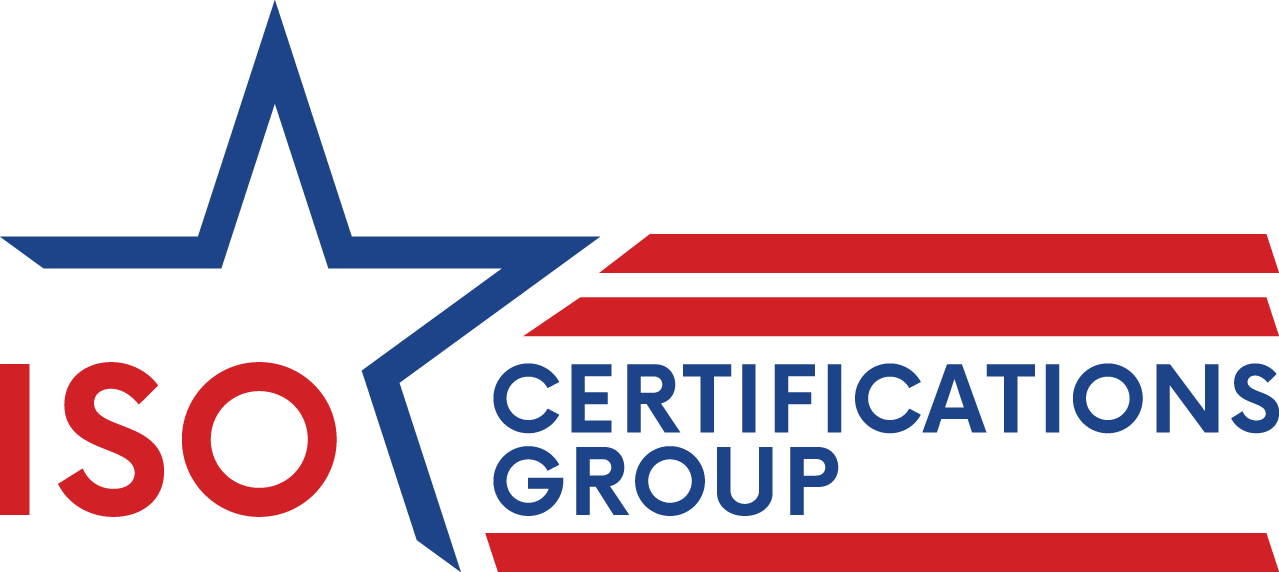Strong leadership is the backbone of an effective ISO management system and continuously improving workplace. The commitment of top-level management influences the entire organization and its employees, resulting in greater efficiency and engagement.
ISO defines leadership as the following:
“Leadership is the person or group of people who directs and controls an organization at the highest level. Top management has the power to delegate authority and provide resources within the organization. If the scope of the management system covers only part of an organization, then top management refers to those who direct and control that part of the organization.“
How can organizations utilize ISO standards to strengthen their leadership, and in turn, implement effective management systems that empower their business? Let’s discuss this topic a bit further.
The Role of Leadership
Leadership and commitment form the cornerstone of most management systems, such as the ISO 9001 Quality Management System, emphasizing the critical role of top management in driving success and improvement. ISO standards require top management to take accountability for the management system’s effectiveness, ensuring that relevant policies and objectives align with the organization’s context and strategic direction. This involves integrating the ISO standard’s requirements into business processes, promoting the process approach and risk-based thinking, and making necessary resources available to support the system.
Moreover, leadership extends to fostering a culture within the organization. The culture depends on which ISO standard you’ve chosen to implement, so this could be a safety-focused work culture (ISO 45001) or quality culture (ISO 9001).
This includes communicating the importance of effective management system practices, ensuring that it meets its intended results, and actively engaging and supporting team members to contribute to its success. By promoting continuous improvement and empowering other management roles to exhibit leadership in their respective areas, top management ensures that the management system becomes an integral part of the organization’s growth and operational efficiency.
So, how can you improve your leadership practices?
Effective leaders focus on setting clear priorities and delegating tasks strategically, ensuring that both operational and strategic activities receive the attention and resources they need.
Regularly share information about the importance and benefits of the management system to engage employees at all levels. Education fosters understanding and commitment, driving collective efforts toward major objectives.
Leaders who actively participate in management system activities and visibly demonstrate their commitment inspire confidence and set a positive tone, encouraging the entire organization to embrace better practices.
The Benefits of Committed Leadership
Committed leadership is essential for establishing a unified purpose and direction within an organization. Leaders play a pivotal role in creating an internal environment where employees feel empowered and fully engaged in achieving organizational objectives. By fostering a culture of trust, fairness, and shared values, leaders set the tone for collaboration and accountability across all levels of the organization.
Strong leadership ensures that everyone understands and is motivated toward the organization’s goals. Activities are evaluated, aligned, and implemented cohesively, reducing the risk of miscommunication and fostering a clear vision for the future. Leaders also inspire employees by setting challenging goals, providing necessary resources and training, and recognizing individual contributions.
This approach not only minimizes miscommunication and risks, but also encourages responsibility, ethical behavior, and continuous improvement, laying the foundation for long-term success.
Conclusion: Effective Leadership is Key
Strong leadership is essential for the success of any ISO management system. By committing to a clear vision, fostering a culture of collaboration, and engaging employees at all levels, leaders drive continuous improvement and operational efficiency.
Top management’s accountability in integrating ISO standards and supporting team members ensures that the system becomes a key factor in achieving organizational goals. Through effective leadership, organizations can enhance productivity, minimize risks, and build a foundation for sustainable growth.
ISO Certifications Group is a trusted and reliable certification body here to help your organization achieve its ISO certification goals. Want to become ISO 9001, ISO 14001, ISO 45001, or ISO 50001 certified? Contact us today!

